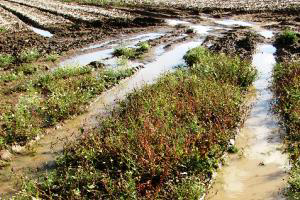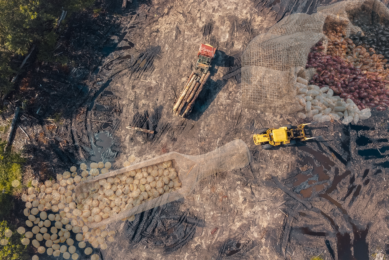Rainstorms delay soy and corn planting in Argentina

Christmas rainstorms across Argentina further delayed soy and corn planting, keeping markets guessing about whether the grains powerhouse can produce enough this season to help bring high-flying global food prices down.
Up to 100 millimetres of rain fell late on Monday and early Tuesday (Christmas Eve and Christmas Day), forcing growers to once again to park their seeding machines worried that they may sink in the mud.
Argentina is the world’s No. 2 corn exporter after the United States and its No. 1 soy-oil and soy-meal supplier. But sowing in the central Pampas farm belt lags behind last season’s tempo by about 20 %, said Tomas Parenti, an agronomist with the Rosario futures exchange.
“There is excessive moisture in low-lying areas throughout the central farm belt,” Parenti said, referring to an area including parts of Buenos Aires, Santa Fe and Cordoba provinces.
“Fields located in the same area but at higher elevation are in good shape. We’re not expecting a lot of rain over the week ahead but if we get any surprises, anything over 40 or 50 millimetres, it will worsen the problem,” he added.
Argentina’s main grains port of Rosario situated along the Parana River and offering access to the shipping lanes of the South Atlantic, has received almost twice its normal rainfall this year.
Soggy conditions on the Pampas are bad news for consumer nations looking to Argentina for the supply needed to soften food prices which escalated this year by dry crop weather in Russia, the US and Australia.
The rains also slowed 2012/13 wheat harvesting. The Argentine Agriculture Ministry cut its estimate for 2012/13 wheat production by 5% to 10.5 million tonnes, which is still higher than leading private forecasts but reflects damage caused by the wet weather.
The Buenos Aires Grains Exchange expects farmers to harvest 9.8 million tonnes of wheat, while the Rosario exchange sees the crop coming in at 9.5 million tonnes. Rosario sees 53 million tonnes of soybeans produced this season and 24 million tonnes of corn.











